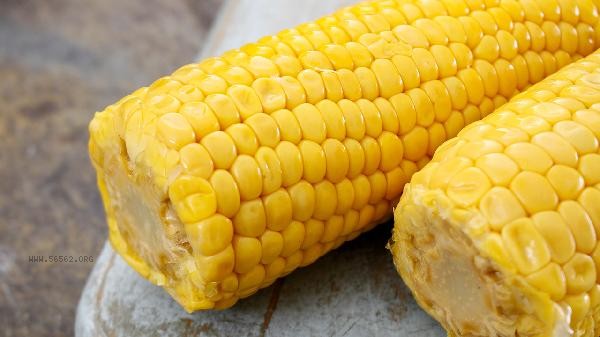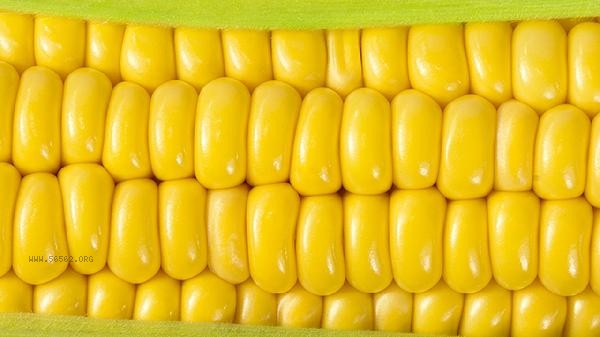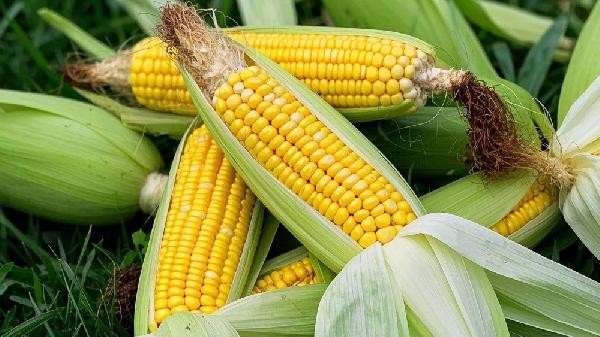When cooking black glutinous corn, it is recommended to keep the outer leaves and separate them from water for steaming. Adding a small amount of salt can enhance sweetness and preserve nutrients more completely. Black glutinous corn is rich in anthocyanins, dietary fiber, and B vitamins, making it suitable as a low glycemic index staple food.

Retaining 2-3 layers of outer leaves before steaming black glutinous corn can prevent water loss, and steaming for 15-20 minutes after boiling can maximize the retention of anthocyanins. During the steaming process, the starch in the corn kernels is fully gelatinized, resulting in a softer and more glutinous taste. Adding 3-5 grams of salt to the steamer water can increase the concentration of reducing sugars in corn kernels through osmotic pressure, resulting in a more pronounced natural sweetness. After steaming, take it out immediately and let it cool. The outer leaves can lock in the aroma of corn.

Putting cold water in a pot can cause the loss of soluble nutrients. It is recommended to boil the water before adding corn. If boiling is chosen, it should be shortened to 8-10 minutes, and a small amount of baking soda can be added to the water to help soften dietary fiber. Excessive cooking time can lead to the thermal decomposition of anthocyanins, resulting in a lighter purple color. The corn water boiled in water contains potassium and free amino acids, which can be filtered and used as a natural broth. Black glutinous corn can be paired with eggs or yogurt as a breakfast staple to increase protein absorption; It is recommended to control the single consumption of 1 piece when adding meals, and diabetes patients should pay attention to monitoring blood sugar. When storing, it is recommended to freeze and preserve the steamed corn. When reheating, steam it again for 5 minutes with water to maintain its original flavor and avoid nutrient loss caused by repeated heating. Black glutinous corn can be alternated with regular yellow corn in daily diet to obtain more comprehensive plant nutrients.









Comments (0)
Leave a Comment
No comments yet
Be the first to share your thoughts!